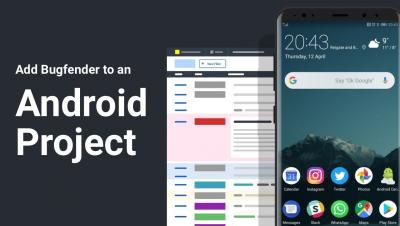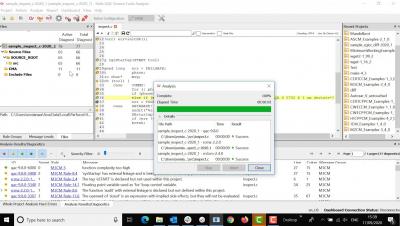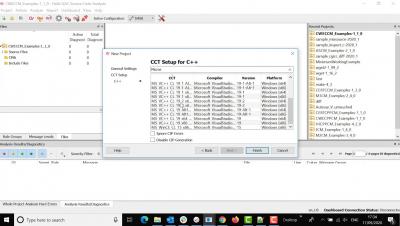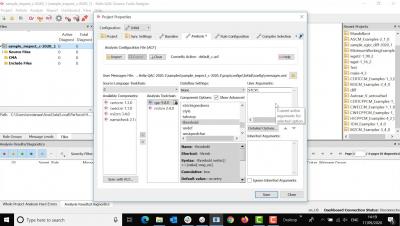Are You Making These 3 Debugging Mistakes?
I have been managing R&D teams for the past 14 years or so and have learned many lessons along the way. Some of the best lessons have come about in the moment when your software meets the real world and you find that you need to debug remotely. Part of them were learned from my own battle scars and some were taught to me by my peers and employees.











